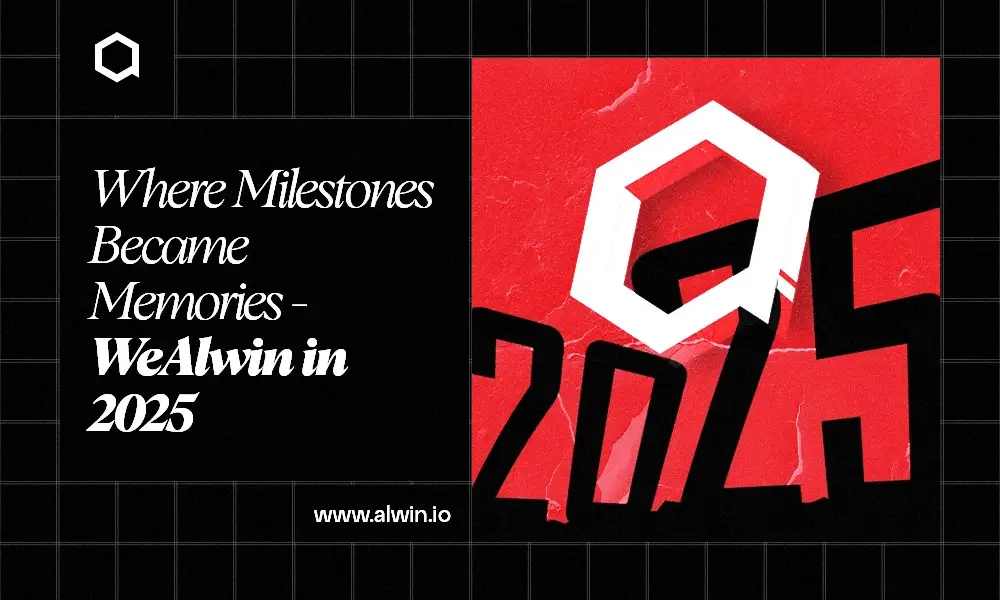In recent years, the world of cryptocurrencies and blockchain technology has gained a lot of attention. With the rise of decentralized applications (dApps) and non-fungible tokens (NFTs), there is a growing need for Web3 wallets to enable secure and easy access to these applications. In this blog post, we will discuss what Web3 wallets are, how they work, and what you need to know if you want to develop your own Web3 Wallet.
Web3 wallet development is a rapidly growing area of the blockchain industry. As more and more decentralized applications (dApps) are being built on blockchain networks, the demand for secure and user-friendly web3 wallets is increasing day by day.
What is a Web3 Wallet?
A web3 wallet is a software application that allows users to securely store, manage, and interact with their blockchain assets. Unlike traditional wallets that store physical currency, web3 wallets store digital assets such as cryptocurrencies, tokens, and non-fungible tokens (NFTs). Web3 wallets are typically used to interact with decentralized applications (dApps) that run on blockchain networks.
There are two types of web3 wallets: Custodial and Non-custodial. Custodial wallets are managed by a third party such as an exchange, while non-custodial wallets are managed by the user. Non-custodial wallets are considered more secure as the user has full control over their private keys.
Web3 Wallet Development:
Web3 wallet development involves creating a software application that provides users with a secure and user-friendly way to manage their blockchain assets.
Web3 wallets, also known as decentralized wallets, are digital wallets that allow users to securely store and manage their cryptocurrencies and other digital assets without the need for a central authority or intermediary.
Consult with our business experts to Build your own Web3 Wallet! Chat with us on WhatsApp
Features of Web3 wallets:
Security:
Web3 wallets are designed to be highly secure, using advanced encryption and security protocols to protect users' private keys and digital assets.
Decentralization:
Web3 wallets are decentralized, meaning that they do not rely on a central authority to store users' digital assets. This makes them more resilient to attacks and less vulnerable to the risks associated with centralized systems.
Interoperability:
Web3 wallets are designed to be interoperable, meaning that they can be used with a wide range of decentralized applications and blockchain networks.
User Control:
Web3 wallets give users complete control over their digital assets, allowing them to manage and transfer their assets as they see fit.
Accessibility:
Web3 wallets are designed to be user-friendly and accessible, with simple and intuitive interfaces that make it easy for users to manage their digital assets.
Compatibility:
Web3 wallets are compatible with a wide range of digital assets, including cryptocurrencies, tokens, and non-fungible tokens (NFTs).
Multisignature support:
Some Web3 wallets support multi-signature functionality, which requires multiple parties to sign off on a transaction before it can be executed. This adds an extra layer of security to the wallet.
Cross-device support:
Many Web3 wallets are designed to be used across multiple devices, including desktop computers, laptops, smartphones, and tablets. This makes it easy for users to access their digital assets from anywhere, at any time.
How do Web3 Wallets work?
Web3 wallets are built on top of blockchain technology and use public-key cryptography to ensure the security of the user's private keys. Each Web3 wallet has a unique public key, which is used to identify the wallet on the blockchain network. When a user wants to send a transaction, they use their private key to validate the transaction and confirm it on the blockchain network.
Web3 wallets can be either browser-based or standalone applications. Browser-based wallets are usually extensions or plugins that can be added to a web browser like Chrome or Firefox. Standalone wallets, on the other hand, are desktop or mobile applications that can be downloaded and installed on a device.
What do you need to know if you want to develop a Web3 wallet?
If you are interested in developing your own Web3 wallet, there are a few things you should keep in mind:
Familiarize yourself with blockchain technology: To develop a Web3 wallet, you need to have a solid understanding of blockchain technology, including how it works, its different types, and its various use cases.
Choose the right blockchain network: Web3 wallets are built on top of specific blockchain networks. You need to choose the right blockchain network based on the features you want to offer in your wallet.
Choose the right programming language: To develop a Web3 wallet, you need to have a good understanding of programming languages like JavaScript, Solidity, and Rust.
Understand the security risks: Web3 wallets deal with sensitive user data and assets. It is important to understand the security risks involved in developing a Web3 wallet and take appropriate measures to secure the wallet.
Test thoroughly: Before launching your Web3 wallet, it is important to thoroughly test it to ensure that it is functioning properly.
Some of the Web3 Wallets Available:
There are many different Web3 wallets available, each with its own set of features, advantages, and limitations. Here are some of the most popular Web3 wallets:
MetaMask: This is a browser extension wallet that allows users to interact with decentralized applications (dApps) on the Ethereum network. It is available as a plugin for Chrome, Firefox, and Brave browsers, and is easy to use for beginners.
MyEtherWallet: This is a web-based wallet that allows users to store and manage their Ether and ERC-20 tokens. It offers a range of features, including support for hardware wallets, multi-signature functionality, and integration with decentralized exchanges.
Trust Wallet: This is a mobile wallet that supports a wide range of cryptocurrencies and is available for both iOS and Android devices. It offers a simple and user-friendly interface, as well as features such as dApp integration and crypto staking.
Coinbase Wallet: This is a mobile wallet that allows users to store a range of cryptocurrencies and ERC-20 tokens. It offers features such as support for non-fungible tokens (NFTs), integration with dApps, and ease to use.
Atomic Wallet: This is a desktop and mobile wallet that supports over 500 cryptocurrencies and offers features such as crypto staking, exchange integration, and built-in cryptocurrency exchange.
There are many other Web3 wallets available, and choosing the right one depends on your specific needs and preferences. It is important to do your own research and choose a wallet that offers the features and level of security that you require.
Conclusion:
Web3 wallets are an essential component of the decentralized web, enabling users to securely manage and transfer their digital assets. Developing a Web3 wallet requires a solid understanding of blockchain technology, the right choice of the blockchain network, and programming languages, and a strong focus on security. By following these guidelines, you can develop a Web3 wallet, enabling users to seamlessly interact with the decentralized web. Approach WeAlwin Technologies for Web3 Wallet development offering many services with more and more features for affordable prices.



